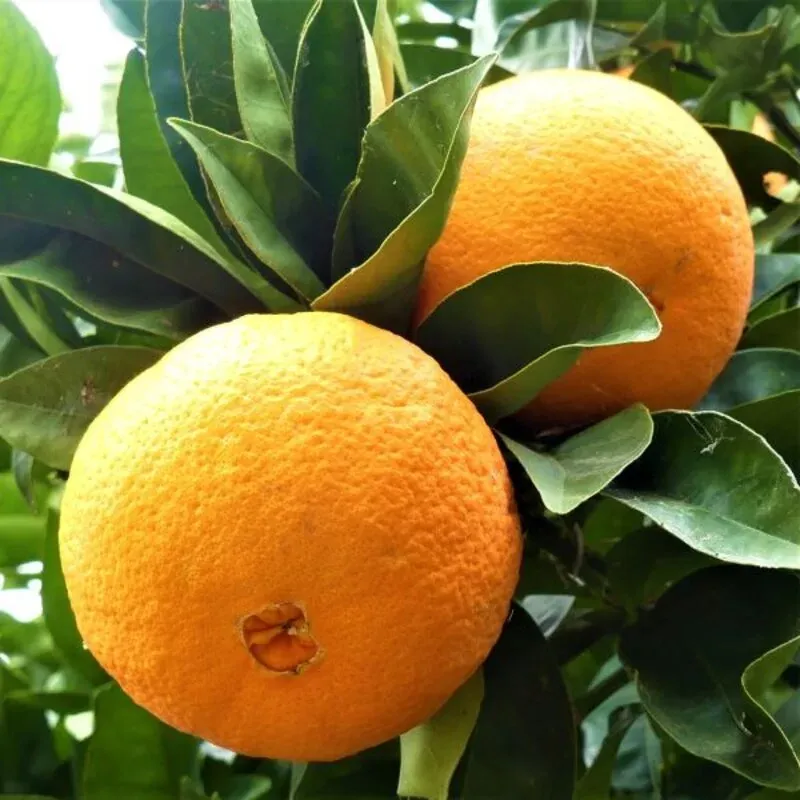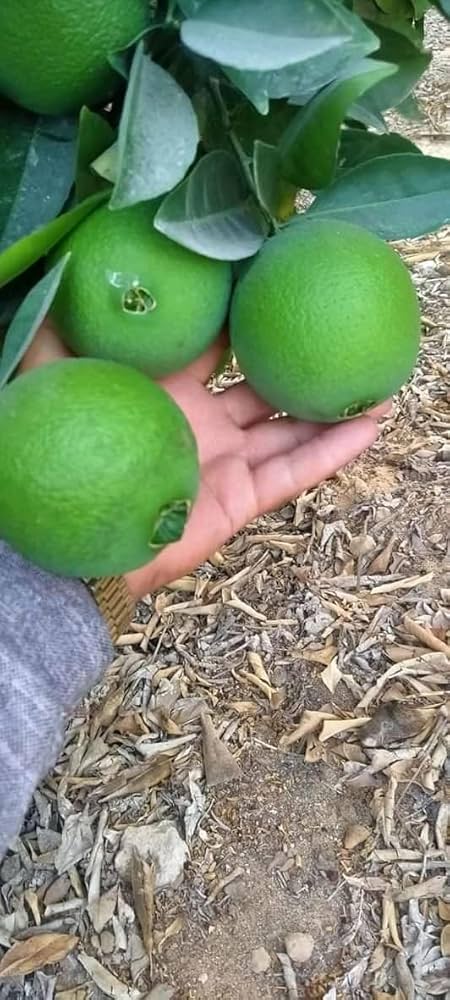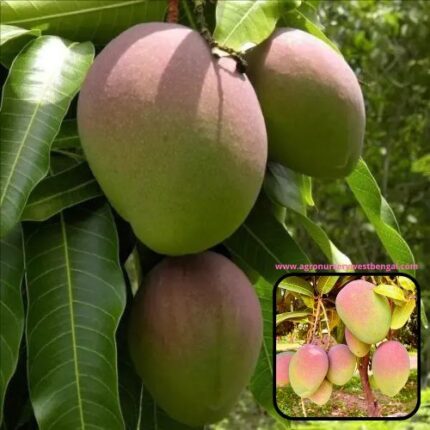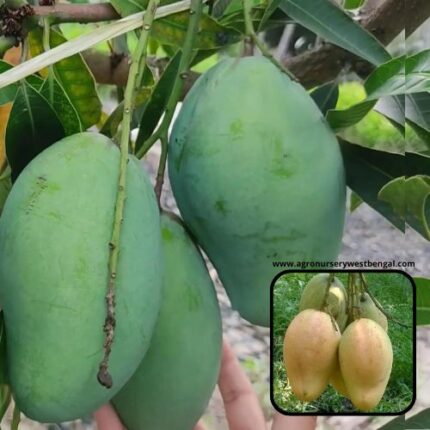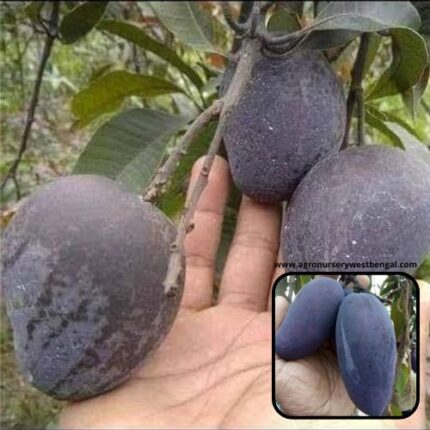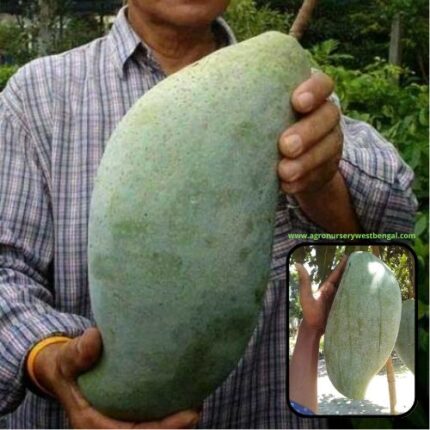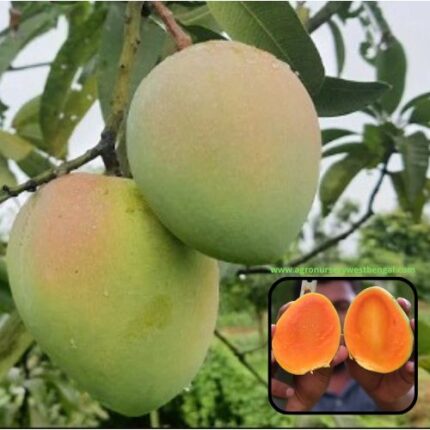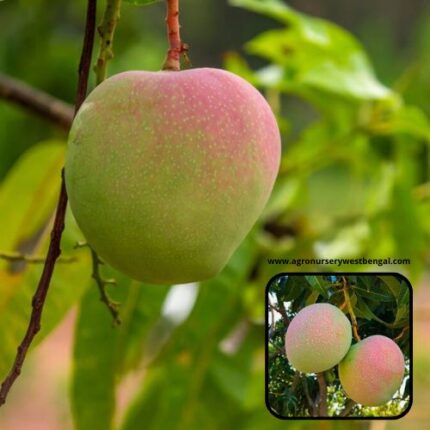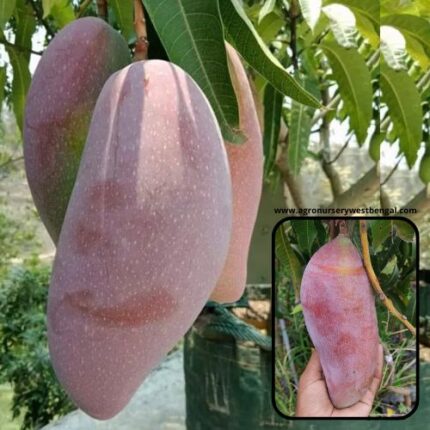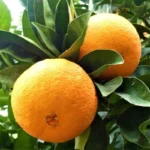
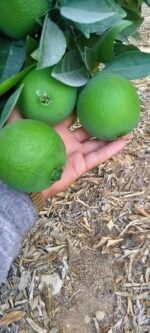
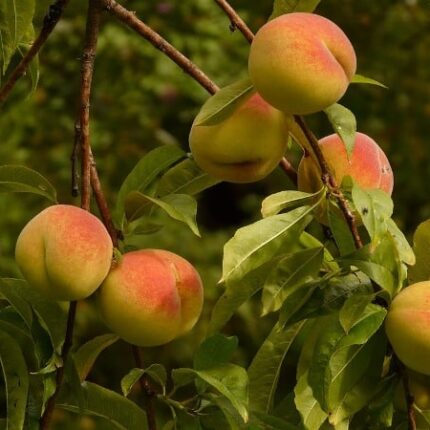
Peace fruit plants
₹829 Original price was: ₹829.₹499Current price is: ₹499.
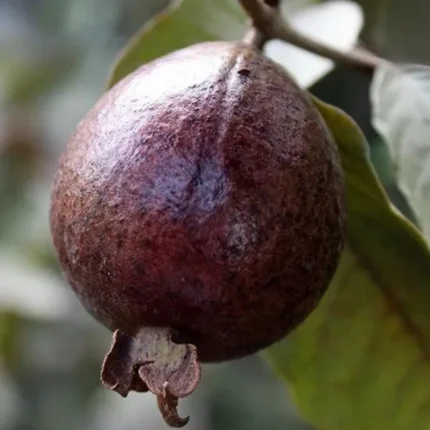
Red guava fruit plants
₹699 Original price was: ₹699.₹369Current price is: ₹369.
Cara Cara navel orange
₹719 Original price was: ₹719.₹489Current price is: ₹489.
Category: Fruit Plants
Description
The Cara Cara Navel Orange is a distinctive and highly prized variety of orange, often referred to as the “pink navel” or “red-fleshed navel” orange. It’s a natural mutation of a Washington navel orange, discovered in 1976 at Hacienda Cara Cara in Valencia, Venezuela.
Here’s a detailed description:
-
Appearance:
- External: From the outside, a Cara Cara orange looks much like a regular navel orange. It’s typically medium-sized, round to slightly oval, with a bright orange rind that can be smooth or slightly pebbly. It also has the characteristic “navel” indentation at one end, which is a small, undeveloped twin fruit.
- Internal (The Striking Feature): When you peel or cut open a Cara Cara, its unique beauty is revealed. The flesh is a stunning pinkish-red or reddish-orange, often described as salmon-pink or even a light grapefruit-like color. This vibrant color comes from the presence of lycopene, the same antioxidant responsible for the red hue in tomatoes and watermelon, not anthocyanins like in blood oranges.
- Seeds: Cara Cara navel oranges are seedless or contain very few seeds, making them very convenient to eat.
- Pith: They generally have very little white pith, and what is present separates easily from the flesh.
-
Taste and Texture:
- Taste: Cara Cara oranges are renowned for their exceptionally sweet flavor with very low acidity. This makes them less tart than many other orange varieties. Their flavor profile is often described as a complex blend of orange with subtle notes of berries, such as raspberry, cranberry, or even cherry, and a hint of rose.
- Texture: The flesh is juicy, tender, and firm, providing a pleasant eating experience.
-
Origin and Seasonality:
- Origin: As mentioned, discovered in Venezuela. While the specific parentage is debated, it’s considered a “spontaneous bud mutation” from a Washington navel orange tree.
- Season: Cara Cara oranges are a winter and early spring fruit. They are typically available from December through April, with peak sweetness often occurring in January and February.
-
Nutritional Value and Health Benefits:
- Cara Cara oranges are a nutritional powerhouse. They are:
- Excellent Source of Vitamin C: Often providing over 100% of the daily recommended intake in a single fruit, boosting immunity and promoting skin health.
- Rich in Lycopene: This powerful antioxidant gives them their distinctive color and is linked to various health benefits, including heart health and potential cancer risk reduction.
- Good Source of Dietary Fiber: Aids in digestion, helps regulate blood sugar, and promotes a feeling of fullness.
- Contains Folate: Important for cell growth and development.
- Good Source of Potassium: Helps regulate blood pressure and fluid balance.
- Low in Calories and Fat: Making them a healthy and guilt-free snack.
- Cara Cara oranges are a nutritional powerhouse. They are:
-
Culinary Uses:
- Fresh Eating: Most commonly enjoyed fresh, simply peeled and segmented. Their unique color and sweet, low-acid taste make them a delightful snack.
- Juicing: Produces a beautiful pink-orange juice that is sweet and refreshing, excellent for drinking on its own or in cocktails and mocktails.
- Salads: Adds a vibrant pop of color and sweet-tart flavor to fruit salads, green salads, and even savory salads with roasted vegetables or chicken.
- Desserts: Can be used in sorbets, tarts, cakes, and other desserts where a sweet, less acidic orange flavor is desired.
- Savory Dishes: Their unique flavor can also complement savory dishes like glazes for poultry or fish, vinaigrettes, and salsas.
The Cara Cara navel orange is a favorite among citrus enthusiasts for its stunning appearance, exceptional sweetness, berry-like notes, and impressive nutritional profile

